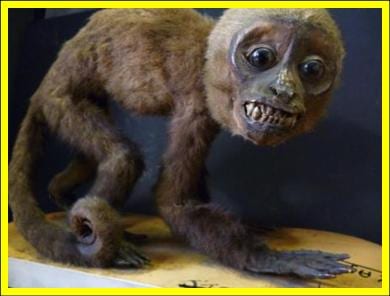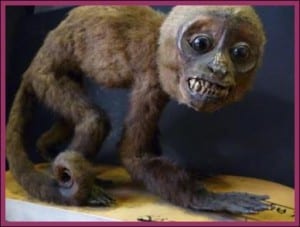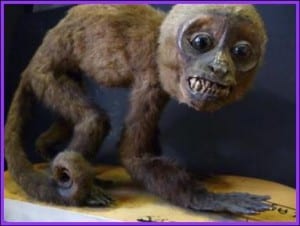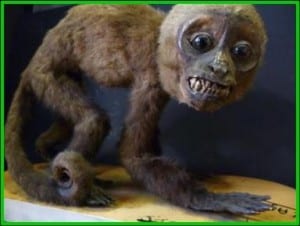The mysteries of the Egyptian hairstyles
By Edmund Connolly, on 3 June 2013
Collection Correspondent: Monika Zgoda
Please note this post contains images of human remains.
The allure of the Ancient Egypt, scented with the air of mystery has been enchanting generations, and while more and more of its secrets are now being discovered, it seems some of its riddles are still waiting to be solved. One of such is right here at Petrie, and although sadly it is not the Sphinx (we wish!), its beauty and whimsical charm are of equal quality.
While the use of make up and cosmetics in the Ancient Egypt has been widely covered, and we are now familiar with the various aspects of it – from the religious and spiritual connotations to its more practical uses – there is still some mystery regarding the cosmetic equipment used.
 Close
Close





 Okay okay so this coming Sunday it will have officially been two months since the Chinese New Year. However, as part of my ongoing quest to become a god, I have chosen to give myself the ability to bend man’s two most treacherous enemies to my will; time, and money. Ergo, I can write a blog about the animal that is the focus of this year’s Chinese New Year, despite it officially having been on the 31st January, and when today is the 25th March. So there. The animal group chosen by the Chinese calendar is a broad one so I have narrowed it down to one species. My favourite species. Well what better way is there to choose? It is my favourite for good reason after all. This week’s specimen of the week is…
Okay okay so this coming Sunday it will have officially been two months since the Chinese New Year. However, as part of my ongoing quest to become a god, I have chosen to give myself the ability to bend man’s two most treacherous enemies to my will; time, and money. Ergo, I can write a blog about the animal that is the focus of this year’s Chinese New Year, despite it officially having been on the 31st January, and when today is the 25th March. So there. The animal group chosen by the Chinese calendar is a broad one so I have narrowed it down to one species. My favourite species. Well what better way is there to choose? It is my favourite for good reason after all. This week’s specimen of the week is… 




